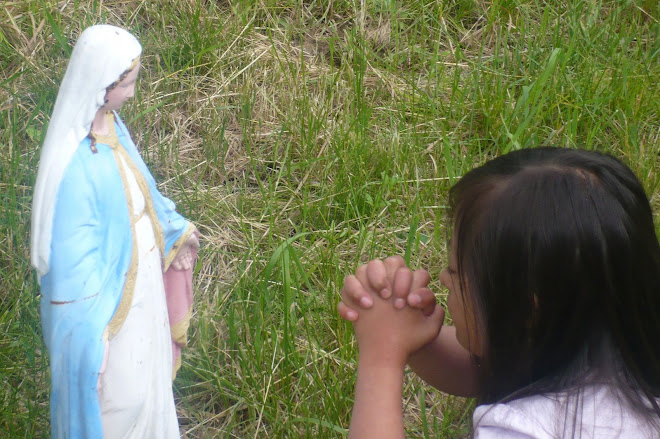One of the many topics of conversation on my round trip drive to DC for the KIDS event at the March for Life with a pro-life physician who happens to have a daugher with Down syndrome was how our children learn to read. I had heard that phonics don't work, and she has heard that they do. Frustrating as it is to have conflicting information, I press on seeking ways to improve her reading skills.
However, one thing both sides agree upon, is that contextual clues help. I was just in a planning meeting with Christina's teachers and they showed me how they were modifying the class's sentence building lessons for her by adding pictures. An example is; "The moose is in the yard." with cute drawings of the moose and the yard.
A new software program does this as well, as is aimed at English Language Learners as well as those children with autism and Down syndrome who are visual learners. It was developed by Rosemary Starett, an Irish educator and is called "A Busy Day"

However, one thing both sides agree upon, is that contextual clues help. I was just in a planning meeting with Christina's teachers and they showed me how they were modifying the class's sentence building lessons for her by adding pictures. An example is; "The moose is in the yard." with cute drawings of the moose and the yard.
A new software program does this as well, as is aimed at English Language Learners as well as those children with autism and Down syndrome who are visual learners. It was developed by Rosemary Starett, an Irish educator and is called "A Busy Day"
The scenarios offered by the software are meant to illustrate "a busy day" in the life of a young child. Users see a brother and sister each waking up, getting dressed, eating breakfast together, walking to school with their father, and engaging in several other activities that most children will easily recognize. The software presents the scenes in colorful, fully illustrated on-screen windows featuring people, places, and objects children will relate with the activities being shown. "Waking up" includes a bed, pajamas, an alarm clock, and a bird perched on the windowsill. "Eating breakfast" displays a kitchen, food, silverware, and a table and chairs. Tied into the scenes are a variety of interactive exercises such as word matching, find the right word, and spot the differences, all designed to drive word recognition and association.Read more about it here.

1 comment:
Thanks, Leticia, for the info---I went right over to the website and purchased "A Busy Day" for Erin! Can't wait to start using it!
Post a Comment